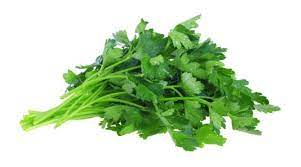The Jewish festival of Passover runs from the 5th April to the 13th April 2023 and is a celebration of the Jewish peoples’ exodus from slavery in Egypt as described in the Bible. On the first night of Passover, a special meal is held, called a Seder, in which each piece of food has a symbolic meaning that is relevant to the stories that are told.

You can choose to use plain plates, or purchase Seder plates from Cazenove Judaica or other similar retailers which use small pictures to identify which items should be included and where they should be placed. These plates are particularly useful if you are involving children in preparing for the celebration as they can take great pride in helping to prepare the food, laying it out with care and precision.
The six elements are prepared as follows:
1. Matzah
Three pieces of unleavened flatbread are placed atop each other and covered, representing three groups of Jews – the priests, the Levites and the Israelites.
2. Zeroa
This can either be a lamb shank bone or a roasted chicken neck. It represents the lamb that was sacrificed on the evening before the exodus from Egypt. The Zeroa is not eaten, but kept to use again the next day.
3. Beitzah
A hard boiled egg is used to represent the offering that was typically brought in Temple times. It is dipped in salt water prior to consumption.
4. Maror and Chezeret
These bitter herbs represent the bitterness of slavery. Usually fresh grated horseradish and endives are used, wrapped in romaine lettuce.
5. Charoset
This paste represents the bricks and mortar used to build Pharaoh’s monuments and is made from a mixture of grated apples, pears, nuts and wine.
6. Karpas
The element is a vegetable, often onion, parsley or potato, and is designed to represent the backbreaking work endured by the Jews when enslaved in Egypt.

Each element is arranged separately on the Seder plates and some items are never eaten, being placed on the plate for purely symbolic reasons. The items that are eaten must be eaten at the correct time and this will be made clear by the host who will lead the celebration, recount bible stories and discuss the meal.



